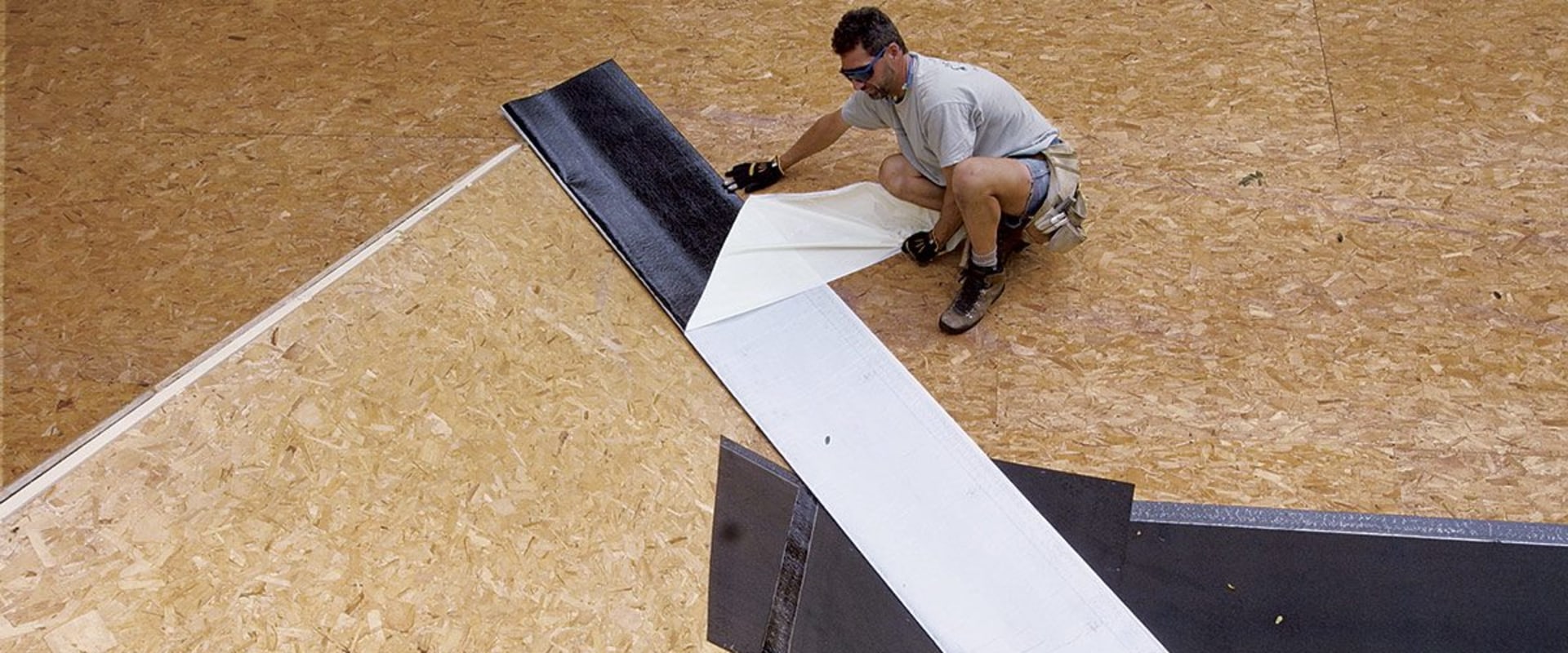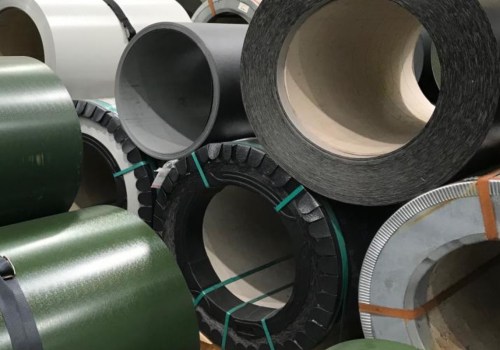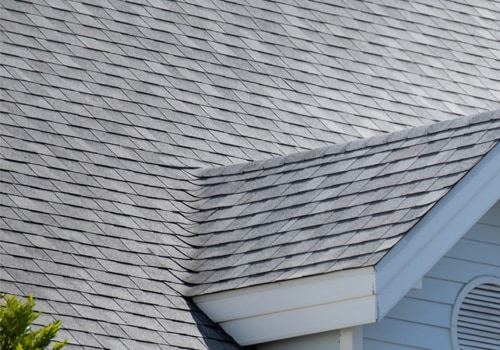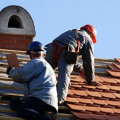Roofing felt is the supporting material that is required to develop rolled roofs and roofing shingles. Used as waterproof roofing on commercial and residential roofs for decades, these membranes comprise two layers, meaning they are waterproof. This property helps you provide additional protection against water, which is one of the reasons why it is an important part of a roofing system. However, roofing felt does not offer the reduced moisture permeability characteristics of synthetic underlayment.
Fortunately, roofing felt can get wet and still maintain its integrity. However, because it is designed to repel water and not absorb it, it can break down if it stays damp for too long, so you need to have time to dry. Too much sunlight can also cause the roofing felt to break, so it is not very suitable for very humid or very dry climates. Is roofing felt waterproof? Not quite.
This layering process makes the subfloor waterproof, but does not completely waterproof it. The base of the roof can be left uncovered for short periods, but it must still be completely dry before you can add shingles on top. It is a compact wool-like material, usually made of condensed fiberglass or polyester fibers, which functions as a support material for roof shingles. During heavy rain and snow, excess water can get trapped under shingles and roofing felt helps drain more water before it causes a problem.
Roofing felt is an important intermediate layer between the layers of shingles and plywood that make up your roof. In fact, there are several important ways that roofing felt not only protects your roof, but also your residence. Many people are not familiar with the less obvious parts found in an entire roof system, such as the roof subfloor. Roofers may consider adding underlayment layers for superior protection, which is especially useful on low-slope roofs.
No matter how thick it is, those nail holes simply defeated any waterproofing benefits that paper offered during construction. At a minimum, a roof with asphalt shingles must be completely covered with a layer of underlayment. Wet roofing felt can also be torn while the shingles are being installed, making the felt underneath useless. You might find those nicknames that are used interchangeably or used instead of roofing felt in hardware stores or by roofing professionals.
Over time, tile manufacturers began to produce their own felt underlayments, made design improvements and marketed them as a necessary component for roofing. It is also essential to do everything correctly, since the roof protects your house and everything inside it. Divide your roof area by the area of the felt rolls you plan to use and leave 10% more waste.








Leave Reply